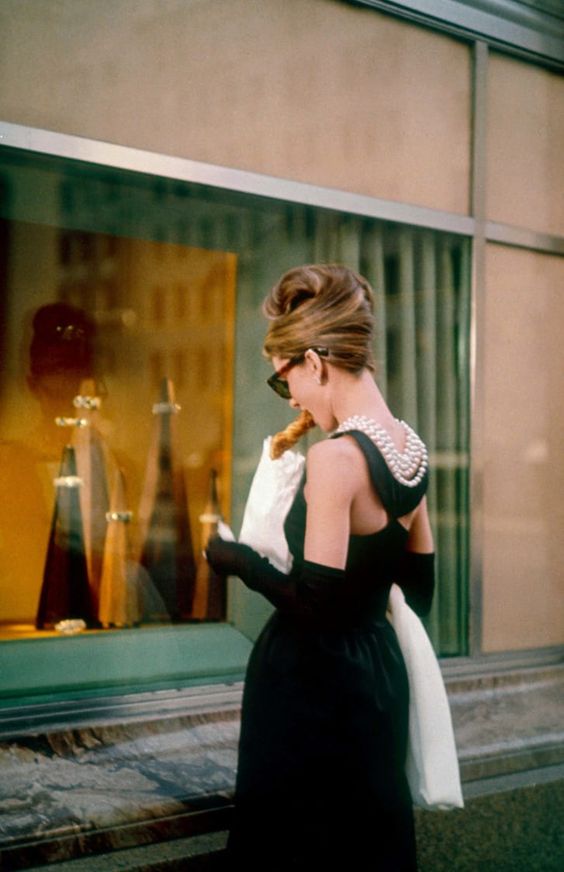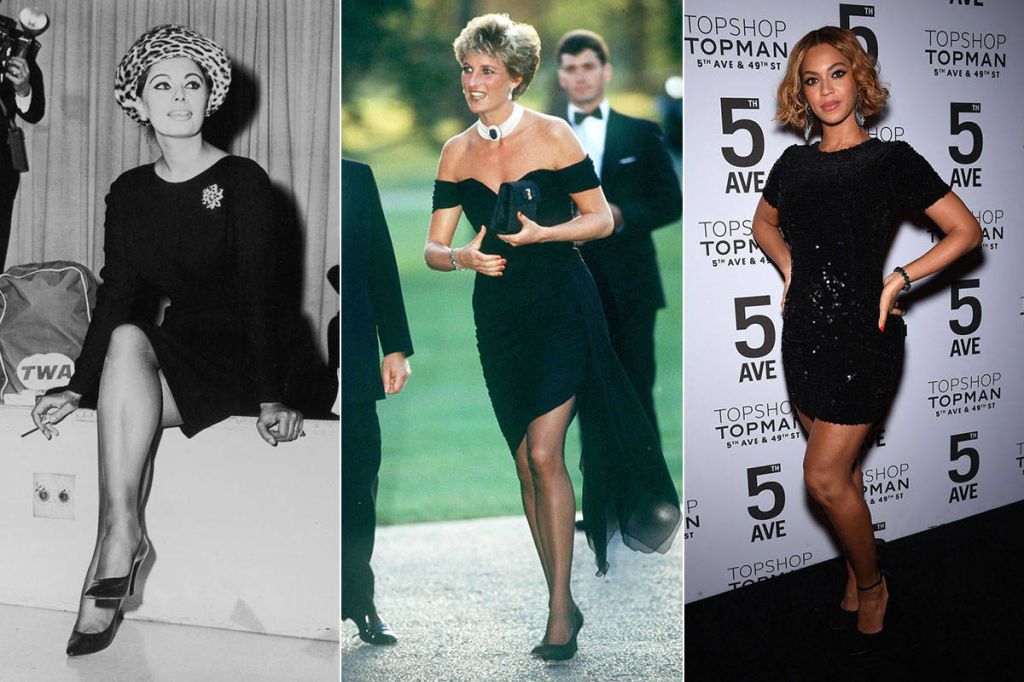
The History and Cultural Significance of the Little Black Dress

The Little Black Dress is an iconic fashion statement that has been a staple in wardrobes worldwide for generations. This wardrobe classic has a long and fascinating history, which cultural, political, and economic factors have shaped.
From its inception in the 1920s to its status as a modern-day symbol of style and sophistication, the little black dress has become an integral part of fashion history.
In this blog post, we will explore the history and cultural significance of the Little Black Dress and how it continues to influence today’s fashion landscape.
Cultural Significance of the Little Black Dress

The Little Black Dress, or LBD, is one of the most iconic fashion items ever. The history and cultural significance of the LBD are widely studied and explored in the fashion world.
In recent decades, the LBD has come to represent more than just a wardrobe staple; it has become an essential symbol for women’s liberation and expression.
- The LBD and Women’s Liberation
The LBD first came to prominence in 1926 when Coco Chanel famously said, “You can never go wrong with a little black dress.” In the 1960s, it was adopted by the feminist movement as a symbol of independence, power, and sexual liberation.
Since then, it has been worn by famous female icons, including Audrey Hepburn, Marilyn Monroe, and Princess Diana, to project their style and independence.
- The LBD in Popular Culture
The LBD is such an iconic fashion item that it has appeared in popular culture for years. From films like Breakfast at Tiffany’s to TV shows like Sex and the City, the LBD is an essential item of clothing for any self-respecting woman.
It has become a fashion statement for many celebrities, with Rihanna, Beyonce, and even male stars such as Pharrell Williams wearing them regularly.
- The LBD and High Fashion
Although it is often considered an everyday wardrobe staple, the LBD can also be seen in high fashion. Designers like Christian Dior and Versace have used the classic look to create new, modern designs. This can be seen on the runways of Paris, Milan, and New York, where the LBD is always a timeless fashion piece.
The Little Black Dress in Modern Times

- The 1960s and the LBD’s New Role
The 1960s saw a massive shift in how women thought about fashion, and the Little Black Dress took on a new role. In the face of the cultural upheaval that the decade brought, the LBD came to represent a more rebellious approach to fashion.
It became an essential part of the wardrobe for many women who wanted to express themselves and make a statement.
- The 1960s and the LBD’s New Role
The 1970s and 1980s saw the Little Black Dress become even more entrenched in popular culture as iconic fashion designers such as Yves Saint Laurent, Giorgio Armani, and Donna Karan created their versions of the classic design.
The versatility of the LBD made it an essential item for any fashionable woman, and it was seen in everyone, from Hollywood stars to everyday women.
- The LBD in the 21st Century and Beyond
In the 21st century, the Little Black Dress continues to be a staple in fashion. The classic design has been updated with modern touches such as bold prints and bright colors, but the essence of the LBD remains the same.
Whether worn to a formal event or just for a night out on the town, the Little Black Dress is a timeless piece that will never go out of style.
Importance of the Little Black Dress in Fashion

The little black dress (LBD) is a fashion staple that has become a timeless wardrobe classic. It is an iconic piece of clothing that symbolizes effortless style, femininity, and glamour.
Over the years, the LBD has remained an enduring wardrobe staple worn by many influential women such as Audrey Hepburn, Jacqueline Kennedy Onassis, and Marilyn Monroe.
The versatility of the little black dress makes it a wardrobe essential for many women. Its classic design is easy to dress up or down for any occasion.
From formal events to casual evenings out, the LBD can be styled in countless ways to fit any style or mood. The simplicity of the LBD also makes it an affordable wardrobe item accessible to all.
Conclusion
The little black dress has a storied history that is as old as the garment itself. It has been a fashion staple since its invention in the 1920s. Its significance has only grown with time.
Its versatility, simplicity, and elegance have made it an essential piece of any wardrobe, regardless of the season or occasion. The little black dress continues to be a timeless trend transcending cultures and will remain a part of fashion for years.
It will continue representing strength, confidence, and poise, making it an iconic symbol of style for generations.







-
-
4 weeks
Tagged Accessories